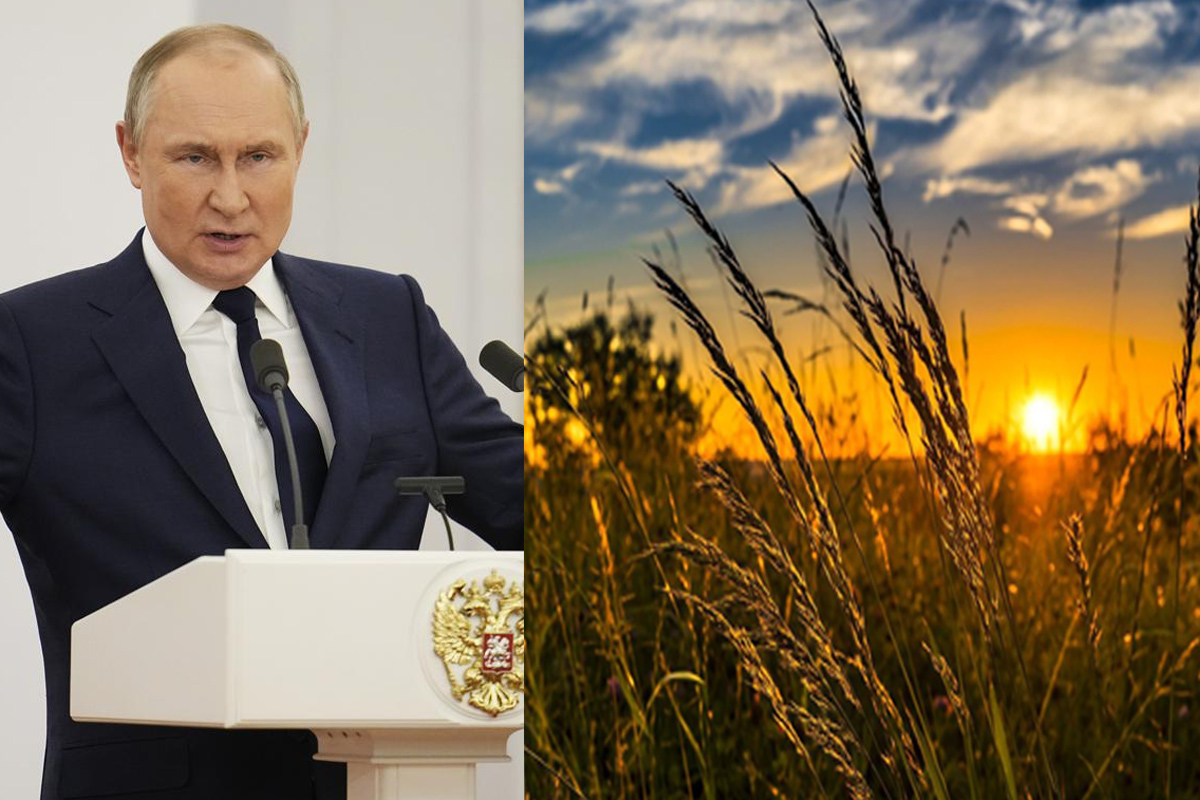(Lapresse – Imagoeconomica)
Putin’s wheat war, Germany: the world needs it. And the prices go up
“Russia intentionally started a grain war, deliveries are not possible and prices are rising, with the risk of famine, they are not collateral damage, it is an intentional strategy. Russia is creating the basis for new crises so that international cooperation can be reduced “. The accusation was launched by the German Foreign Minister Annalena Baerbock during the closing press conference of the G7.” Even without this war there there are problems in providing food for everyone and there pandemic did not help: there are 25 million tons of grain stuck in Ukraine’s silos and the world needs this grain. The simplest thing would be that Putin stopped the war but he didn’t give us any hope about it “, he said.” During the G7 we discussed the possible alternatives but there are enormous difficulties, the train is a possibility, for example through Romania, but the gauge is different and it takes time. There are many bottlenecks. The Baltic ports are an option but you have to reach them. There will be no real solution until the bombs thunder. Every week counts, “he concluded.
Ukraine: Coldiretti, without wheat rice consumption flies (+ 21% prices)
Fly the price of rice internationally, with a 21% jump in the last year due to the collapse of grain shipments determined by the war between Russia and Ukraine and by the fact that the‘India has blocked exports of wheat. This is what emerges from the analysis of Coldiretti based on data from the Chicago stock exchange (CBOT) disclosed on the occasion of the initiative ‘We laughed for a serious thing’ which takes place over the weekend from the Campagna Amica market with the rice packs of the Focsiv solidarity, 100% Italian Italian Agricultural Supply Chain, in various squares of Italy. India’s decision aggravates the world food emergency, as it is the second largest producer of wheat in the world. Ten million tons, what India should have exported in 2022, now they will be missing from the market with price increases. In replacement of wheat, demand and demand rise rice prices, which this year recorded a jump in trade of + 4% compared to 2021 with a peak of 53.4 million tons according to Coldiretti elaborations on FAO data in April. The world consumption of rice this year, explains the trade association, will reach the record of the last ten years with almost 521 million tons, an increase of over 9 million compared to the previous year. A scenario in which the leap in trade in rice corresponds to the decline in the grain trade due to export difficulties and the surge in prices which have reached the highest levels of recent decades and are pushing many communities to change their diet, replacing precisely the wheat with the rice. In particular, the poorest countries are in trouble due to the wheat crisis, so much so that the food industries in Kenya, Egypt, the Democratic Republic of Congo, Nigeria and Cameroon are using a mix of cheaper alternative flours for bread, sweets and pasta. with local rice, cassava flour and sorghum which are replacing the wheat. The expensive raw materials, from fuels to fertilizers, notes Coldiretti, is triggering a short circuit also on the national agricultural front in a country like Italy where 1.5 million tons of paddy are harvested per year, over 50% of the entire European production, but which needs a production and storage expansion plan for the main commodities. Also because, with the record increase in production costs caused by the war, it has cut the sowing of rice with an estimated decrease of ten thousand hectares in Italy with the cultivated land that this year will increase from 227 thousand to 217 thousand hectares, with an impact dramatic on a strategic sector for the EU economy and food supply. Drought is also worrying, with the lack of water availability that weighed in the initial stages of submersion, with 90% of Italian rice being grown in the triangle now between Pavia, Vercelli and Novara. Cultivation is also present to a significant extent in Veneto, Emilia Romagna and Sardinia with over ten thousand families of employees and entrepreneurs engaged in the entire supply chain and 200 varieties registered in the national register. “To try to counter the increase in production costs, it is necessary to work immediately on supply chain agreements which are an indispensable tool for the enhancement of national production and for an equitable distribution of value along the production chain”, says the president. of Coldiretti, Ettore Prandini.
#Wheat #war #unleashed #Putin #famine #alarm #rice #rears

Leave a Reply